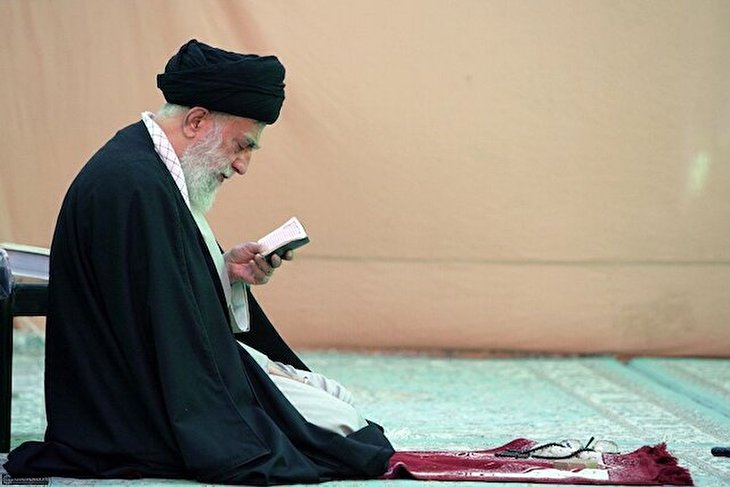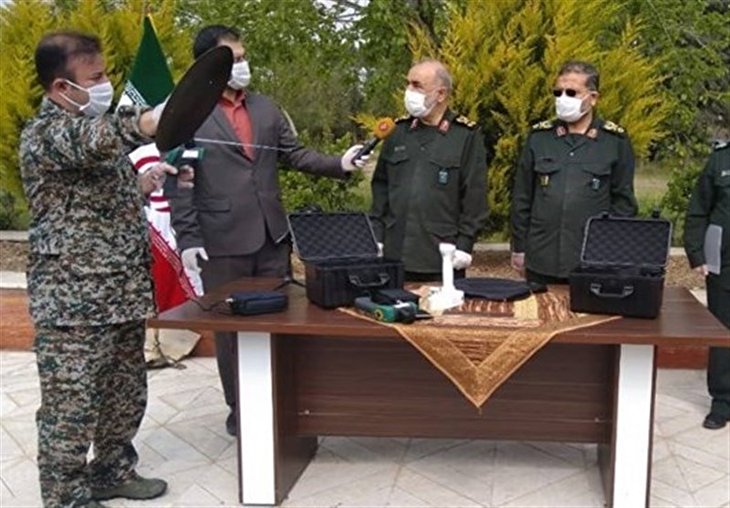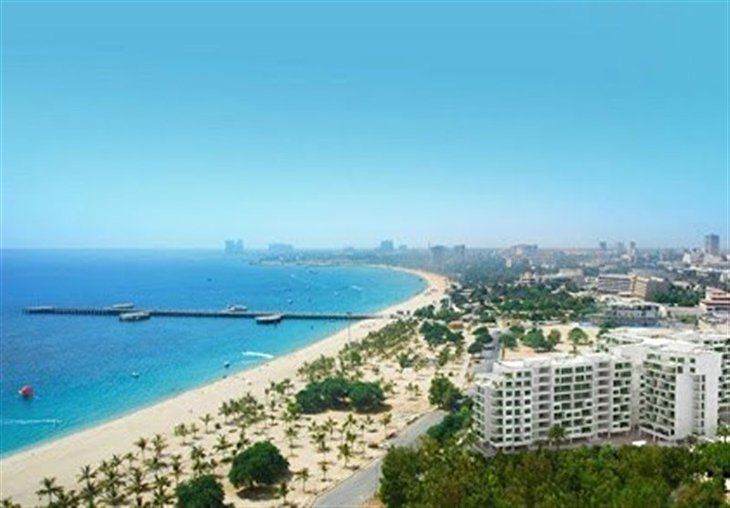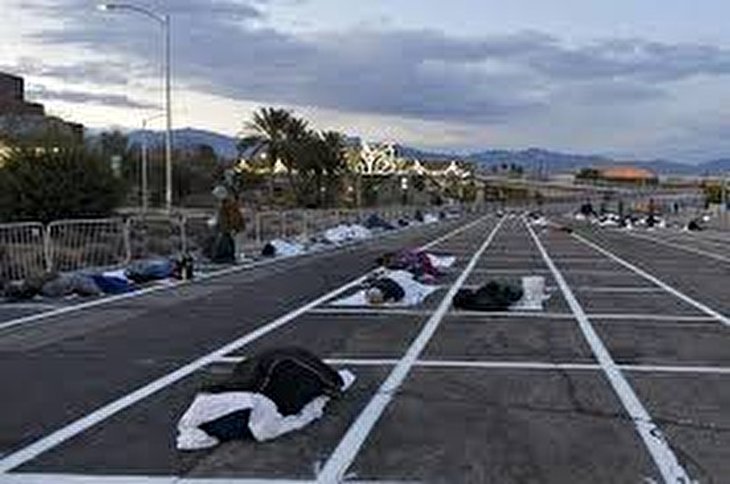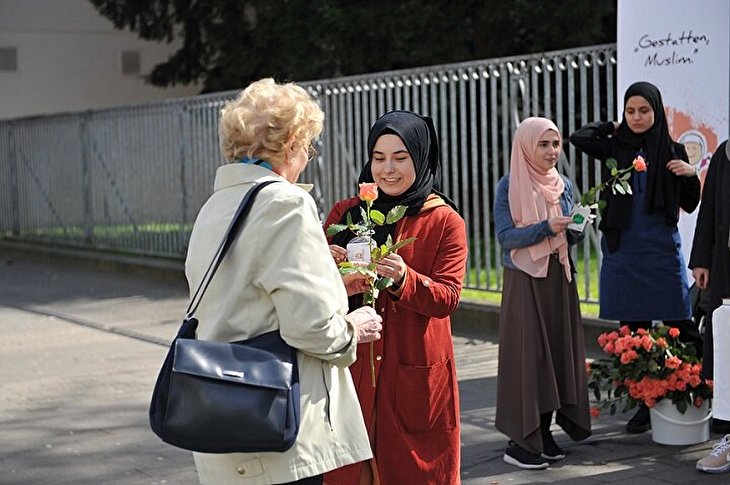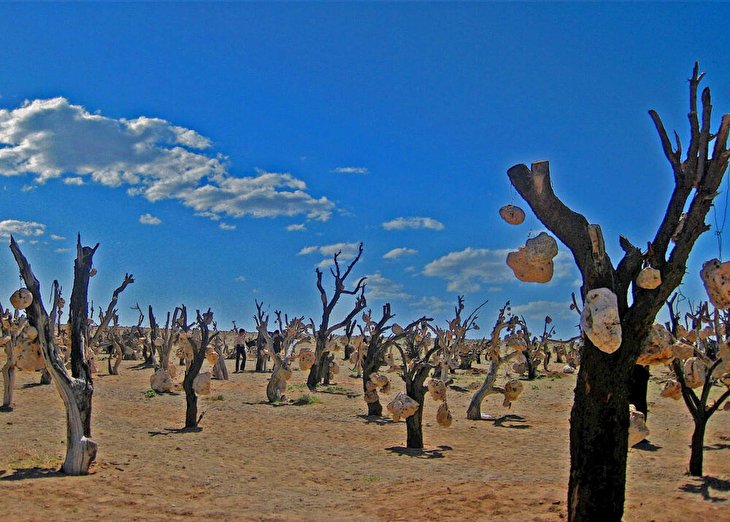
Visit mysterious Katale-Khor in western Iran
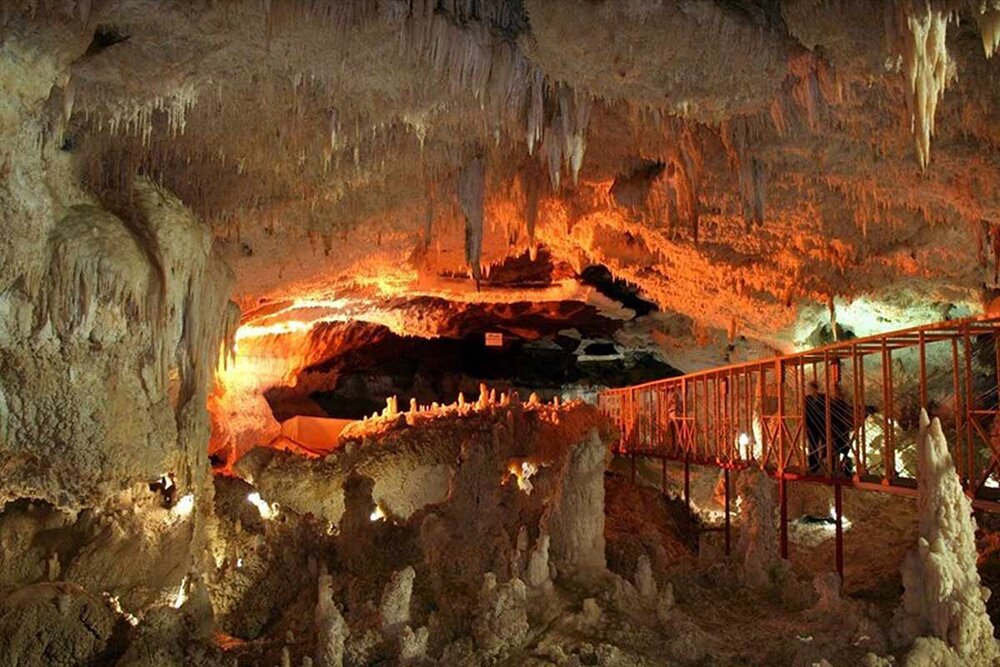
Katale-Khor, literally meaning “Mountain of Sun”, is said to date back to Jurassic period (some 120 million years ago), however, it has embraced lots of natural and artificial changes during this lengthy period. The cave was reportedly discovered some seven decades ago by a group of Iranian cavers.
Katale-Khor is estimated to date from tens of million years ago. It features millions of lime stalactites and stalagmites.
The cave interiors embrace huge hallways and corridors, which are impressively lit by flashlights.
Some three-seventh of the prolonged cave have been explored so far. A length of about 3km of the cave is open to the public while a 4km-route is accessible to experienced cavers and researchers.
Exploring a cave may not be on the “to-do list” of travelers in Iran. However, Karaftu, Ali-Sadr and Quri Qaleh, and Katale-Khor are amongst the most visited caves, the latter is situated some 150km south of Zanjan, off a road that connects Soltaniyeh to Hamedan.
The extensive Katale-Khor cave system, rated by locals as the best in western Iran, is 150km south of Zanjan, off the Soltaniyeh–Hamadan road near Garmab. According to Lonely Planet, less visited than the more famous Ali Sadr caves, which it is thought to eventually join, Katale-Khor has 3km open to the public and another 4km available for experienced cavers. There are six recorded levels and a visit takes one to two hours. There’s no public transport to the site; hire a taxi.
Iran is geologically a part of the Alpine-Himalayan organic belt. According to Britannica Encyclopedia, the enigmatic evidence of human presence on the Iranian plateau is as early as Lower Paleolithic times.
The first well-documented evidence of human habitation is in deposits from several excavated cave and rock-shelter sites, located mainly in the Zagros Mountains of western Iran and dated to Middle Paleolithic or Mousterian times (c. 100,000 BC).
Under tourists’ eyes
Here is a select of comments that visitors to the cave have posted to TripAdvisor, one of the most popular travel websites in the world:
“Stalagmites and stalactites”
The existence of nature’s carvings through million years in the beautiful form of stalagmites and stalactites in the corridors and halls is showing off and adds to the beauty of the Cave.
In some corridors animals’ skeletons were found which are not similar to nowadays animal and probably belong to the extinguished generations of the past ages.
It’s good to stay in Zanjan’s hotels, plan one day trip to Cave and back to Zanjan again. It will take about 6 hours ( 2 hours driving there ,2-3 hours visit the Cave , 2 hours drive back to Zanjan). (Rich C.; Reviewed March 2016)
“Beautiful but less-visited”
This cave system is much less popular than Ali-Sadr Cave further south - which is a shame, given the extent and quality of the grottos. There is the (unfortunately expected) colored lighting, but even that cannot hide magnificence of the glaze-like stalactites.
Getting there can be a bit complicated without a private car: Shared taxis might take you as far as Garmab from either Bijar (changing at Khoorkhoreh and Tatardeh) or Zanjan (probably changing in Qeydar), from where you can hire a taxi. Alternatively, hire a taxi for a day - we paid appr $15 Bijar return. This would allow for a combined visit with Takht-e Soleyman. (a_appelt from Aarhus, Denmark; Reviewed June 2016)
“mountain of the sun”
The name, Katale Khor, means “mountain of the sun”. Geological studies in 1984 showed that the cave formation dates back to the Jurassic period. It is believed that the cave is connected to Ali Sadr Cave in Hamadan province. The road from Zanjan to Katale Khor passes Soltaniyeh, an ancient Ilkhanid city. The cave was discovered about 90 years ago. It has many remarkable scenes that is rare to see in other area even if exist. I took several photo from the different part of 2500 meters walking distance within the cave. (Kaveh H. from Ottawa, Canada; Reviewed April 2016)
Source: TehranTimes
